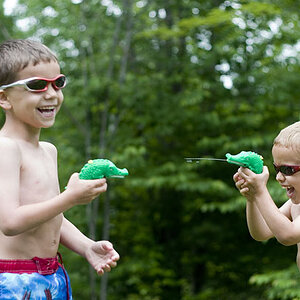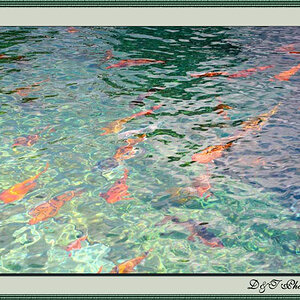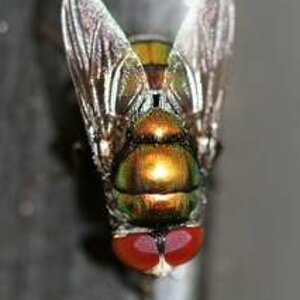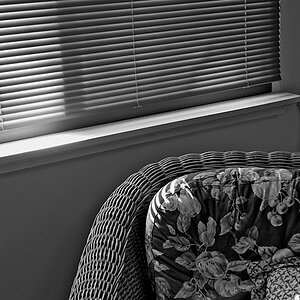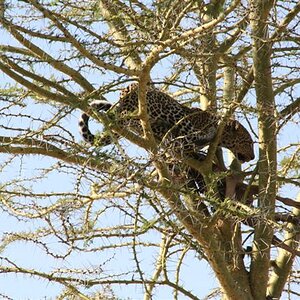birdbonkers84
Been spending a lot of time on here!
- Joined
- Jan 17, 2017
- Messages
- 1,246
- Reaction score
- 768
- Can others edit my Photos
- Photos NOT OK to edit
If this is in the wrong section please move 
So I've purchased a few books over the last few months about general photography (via recommendations), but when it comes to books specifically for wildlife photography there are heaps on amazon, which do I choose!? Does anyone here have any recommendations for good reading material regarding wildlife photography?
Thanks in advance,
Mark
So I've purchased a few books over the last few months about general photography (via recommendations), but when it comes to books specifically for wildlife photography there are heaps on amazon, which do I choose!? Does anyone here have any recommendations for good reading material regarding wildlife photography?
Thanks in advance,
Mark


![[No title]](/data/xfmg/thumbnail/31/31042-2fcf80c8987688129be89876d12ba006.jpg?1619734584)
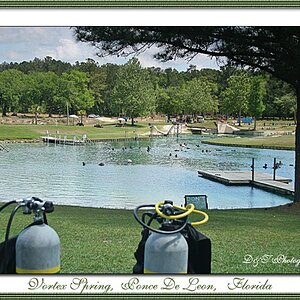

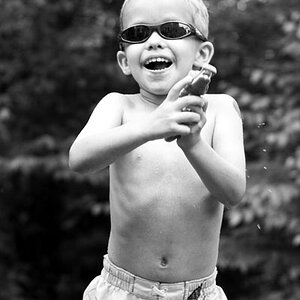
![[No title]](/data/xfmg/thumbnail/41/41930-3f8741ecabbbfd4d67ade3e339078814.jpg?1619739946)
